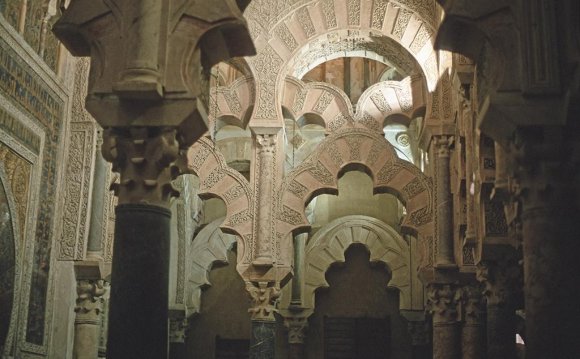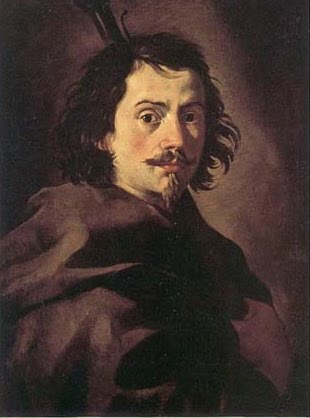
The Etruscans
The origins of Roman architecture can be traced to the Etruscans, who migrated from Asia Minor to Italy in the 12th cent. B.C. What little is known about their architecture has been ascertained from clay models and tomb interiors. Etruscan architecture is thought to have derived from prototypes found in the nearby Greek colonies in southern Italy established during the 8th and 7th cent. B.C. The Etruscans are thought to have used arches and vaults in their later architecture.
Structural Characteristics
Following the establishment of the Roman Republic in the 5th cent. B.C., Roman architects began to absorb and synthesize influences from both the Etruscans and the Greeks, adapting earlier building types to their specialized urban needs. A characteristic feature of Roman design was the combined use of arcuated and trabeated construction (employing arches and constructed with post and lintel). Although at first tentatively employed in the spaces between the classical columns, the arch eventually came to be the chief structural element. Flanking columns, usually engaged and superimposed (partly embedded into a wall and laid over it), served merely as buttresses or for decoration.
The cut-stone construction of the Greeks was largely replaced after the invention of concrete in the 2d cent. B.C. This enabled architects to cover vast interior spaces with vaults of increasing complexity and without interior supports. These included the barrel vault, the cross or groined vault, and the dome and semidome. Vault buttresses, instead of forming exterior projections, became an integral part of the interior support system. Although unfired brick was employed in all periods, under the empire baked bricks became popular as a facing for concrete walls. From early times stucco was used as a finish for important buildings. For the more luxurious finishing of exterior and interior walls, sheathings of alabaster, porphyry, or marble were used. Of the Republican period (c.50027 B.C.), the great aqueducts outside the city of Rome are the most impressive remains.
Roman Landmarks and Building Patterns
The principal monuments of Roman architecture belong chiefly to the period between 100 B.C. and A.D. 300, including the Colosseum (A.D. 7082), the Pantheon (A.D. 118125), and the Baths of Caracalla (c. A.D. 215). Beginning with the reign of Augustus (30 B.C.A.D. 14), the Roman architectural output proceeded on a vast scale to accommodate the needs of the rapidly expanding empire. Provincial towns were laid out according to logical plans, particularly in North Africa. In Syria, arcaded streets were built.
Each town's focus was the forum, or open public square, surrounded by colonnades and the principal buildings in axial arrangement. The great forum in Rome itself was built in stages, as each emperor sought to glorify his achievements. The last large forum to be built was that of Trajan (2d cent. A.D.), and was the most extravagant. Within each forum, a temple, conforming to Etruscan type, was usually elevated on a high base with steps ascending to a deep portico. Since the temple was to be seen only from the front, the Roman architect utilized pilasters or engaged columns along its sides. This pseudoperipteral type is seen in the Maison Carrée (1st cent. A.D.) at Nîmes, France. Examples of circular temples include the temple of Vesta at Tivoli (1st cent...

 Francesco Borromini, byname of Francesco Castelli (25 September 1599 – 3 August 1667) was an architect from Ticino who, with his contemporaries, Gian Lorenzo Bernini and Pietro da Cortona, was a leading figure in the emergence of Roman Baroque architecture.
Francesco Borromini, byname of Francesco Castelli (25 September 1599 – 3 August 1667) was an architect from Ticino who, with his contemporaries, Gian Lorenzo Bernini and Pietro da Cortona, was a leading figure in the emergence of Roman Baroque architecture.







